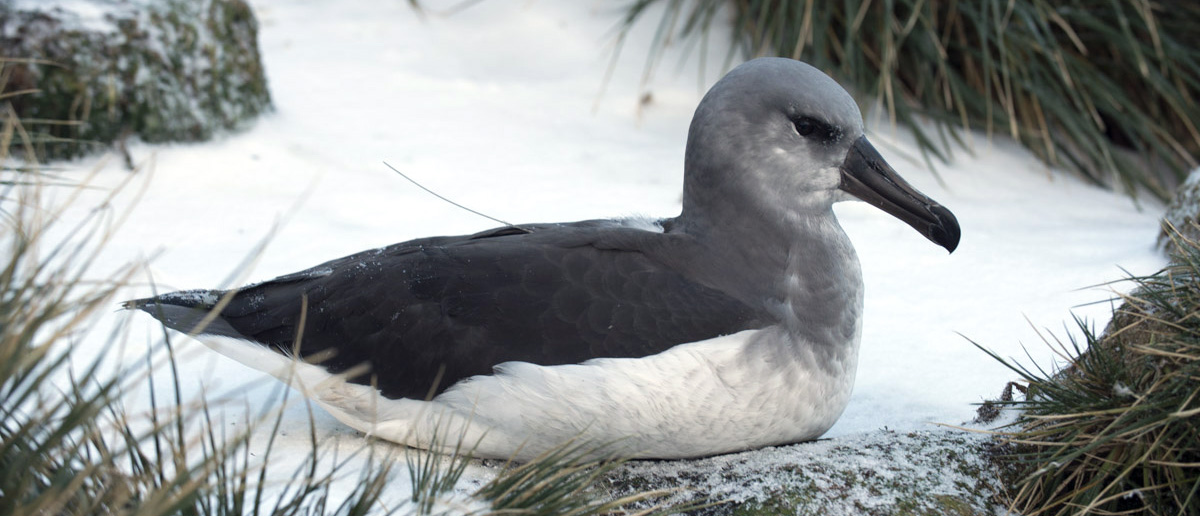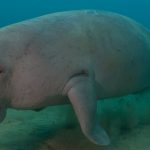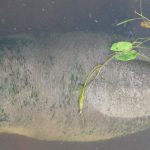← Back
Is tracking marine animals really useful for their conservation?

One of the most frequent rationale to fit animals with tracking devices is to help in conservation actions and regulations. In the case of marine animals, is this argument only (or mostly) a wish, or are there real consequences consecutive to tracking studies? Do we see a real use of tracking marine animals for their conservation? A study shows that the earlier the stakeholders are involved into the data collection, the most tangible the translation into conservation policies.
Helping conservation, an often-used rationale
We have often cited here conservation policies and/or management as the ultimate output of animal tracking studies (e.g. for marine animals alone Understanding silky shark movement patterns to avoid interactions with fisheries, Distribution of baleen whales in the mid-North Atlantic Ocean, Tracking bottlenose dolphins by night in narrow channels, Argos system contributes to French National Action Plan to protect Marine turtles in the Caribbean , or Dugong movements and habitat use in coral reef lagoons ), and indeed it seems that about a third of such articles mention conservation. However, we don’t always have information on this final step, since it often comes after the article publication.
A group of experts decided to examine the translation of the recommendations made into marine animal tracking studies, such as can be done using Argos satellite telemetry, into conservation policies. The conditions when they did translate in tangible results in that field were especially noticed.
Hays et al, [2019] consider that very few articles based on animal tracking have a clear, real-world impact on animal protection management and policies., while it is often the only way to determine overlaps between a given species and threats on its population. They see a number of possible reasons, such as a lack of connection between scientists and policy makers, and the fact the latter are probably not reading scientific literature. The fact that the formalism of this literature might not lead to clearly, directly usable, recommendations could be another. And if policy makers or managers’ needs have not been considered by the study design, those needs might not be addressed, either.
Successful case studies of tracking marine animals for their conservation
Nonetheless, interviewing experts in the field, a number of real changes can be listed, coming from a wide range of marine species tracking. We talked here about seabird bycatch mitigation (Argos helps in assessing fisheries bycatch risks to seabirds), which is one of the important concrete achievement. Some Marine Protected area creation, definition or enlargement can also be related to tracking animals – South Georgia and South Orkney Islands to penguin species’ tracking, Galapagos to sea lions, sea turtles in Gabon or Mexico from, etc. Stock assessment and home range estimation are also linked to tracking and to regulation appliance, in the case e.g., of bottlenose dolphins, cods, beluga whales.
Some infrastructure building such as waterway bridges, or use of fishing devices such as nets have been modified following manatees or sea turtles’ tracking studies. Citation on list of endangered species was also a cited outcome (e.g., basking shark in CITES list). And, last but not least, assessing the effectiveness of regulations already in application, or of recovery efforts from tracking is documented, e.g. in the case of manatees in the north of the Gulf of Mexico.
Engaging the stakeholders early in a study design
From the testimonies of the experts, the authors of the study conclude that engaging early the stakeholders involved in environmental policy development and implementation with the data collectors has often been the key to help convert the tracking data into conservation actions or regulations.
Reference
- Graeme C. Hays, Helen Bailey, Steven J. Bograd, W. Don Bowen, Claudio Campagna, Ruth H. Carmichael, Paolo Casale, Andre Chiaradia, Daniel P. Costa, Eduardo Cuevas, P.J. Nico de Bruyn, Maria P. Dias, Carlos M. Duarte, Daniel C. Dunn, Peter H. Dutton, Nicole Esteban, Ari Friedlaender, Kimberly T. Goetz, Brendan J. Godley, Patrick N. Halpin, Mark Hamann, Neil Hammerschlag, Robert Harcourt, Autumn-Lynn Harrison, Elliott L. Hazen, Michelle R. Heupel, Erich Hoyt, Nicolas E. Humphries, Connie Y. Kot, James S.E. Lea, Helene Marsh, Sara M. Maxwell, Clive R. McMahon, Giuseppe Notarbartolo di Sciara, Daniel M. Palacios, Richard A. Phillips, David Righton, Gail Schofield, Jeffrey A. Seminoff, Colin A. Simpfendorfer, David W. Sims, Akinori Takahashi, Michael J. Tetley, Michele Thums, Philip N. Trathan, Stella Villegas-Amtmann, Randall S. Wells, Scott D. Whiting, Natalie E. Wildermann, Ana M.M. Sequeira, 2019: Translating Marine Animal Tracking Data into Conservation Policy and Management, Trends in Ecology & Evolution, Volume 34, ISSUE 5, P459-473, May 01, 2019, DOI: https://doi.org/10.1016/j.tree.2019.01.009
Photo: A grey-headed albatross chick with an attached PTT (the aerial can be seen coming from the back of the bird). (credit Derren Fox)


